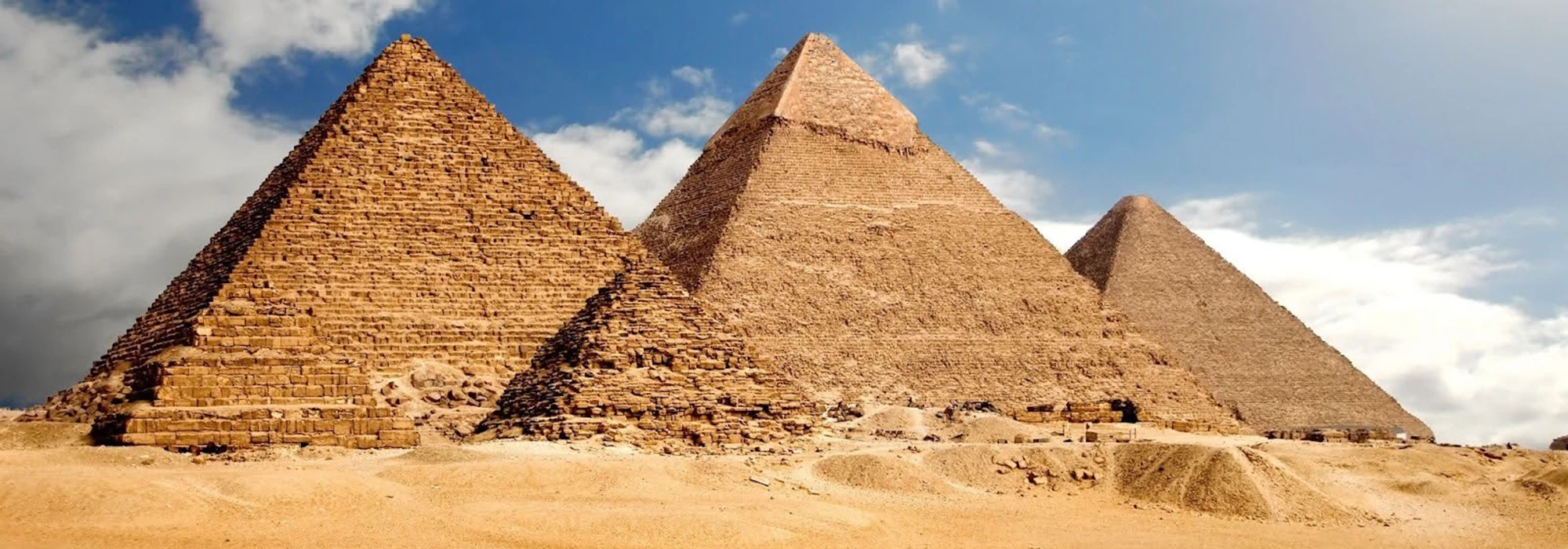Introduction
Understanding how to calculate the volume of a pyramid is an essential skill for any high school math student. Whether you’re preparing for an exam or simply want to expand your mathematical knowledge, mastering this concept is crucial. In this blog post, we will guide you through the process step by step, ensuring a clear understanding of the volume formula. By the end, you’ll be able to confidently solve pyramid volume problems and apply this knowledge to real-world scenarios. Let’s dive in!
Understanding Pyramids
Before we delve into volume calculations, let’s first establish a basic understanding of what a pyramid is. A pyramid is a three-dimensional geometric shape that has a polygonal base and triangular faces that come together at a single point called the apex. Each triangular face is called a lateral face, and the base can be any polygon, such as a square, rectangle, or triangle.
Volume Formula for a Pyramid
The volume of a pyramid can be calculated using a straightforward formula. The formula is:
Volume = (1/3) * Base Area * Height
Where:
- Base Area refers to the area of the polygonal base of the pyramid.
- Height is the perpendicular distance from the base to the apex.
Fully understanding each component of the formula is important for accurate calculations. Let’s break it down further.
Step-by-Step Calculation Process
To calculate the volume of a pyramid, follow these steps:
- Determine the base area of the pyramid by calculating the area of the base polygon. For example, if the base is a square with side length ‘s’, the base area would be ‘s^2’.
- Measure the height of the pyramid, which is the perpendicular distance from the base to the apex.
- Plug the values of the base area and height into the volume formula: `(1/3) * Base Area * Height`. Calculate the result to obtain the volume of the pyramid.
To solidify your understanding, let’s practice with a few problems:
Practice Problem 1:
Given a pyramid with a rectangular base measuring 6 units by 4 units and a height of 10 units, calculate its volume.
Practice Problem 2:
A pyramid has an equilateral triangle as its base with a side length of 5 units. The height of the pyramid is 8 units. Find its volume.
Solutions to Practice Problems
Solution to Practice Problem 1:
To find the volume of the pyramid with a rectangular base, first calculate the base area:
Base Area = length * width = 6 units * 4 units = 24 square units
Next, plug the base area and height into the volume formula:
Volume = (1/3) * Base Area * Height = (1/3) * 24 * 10 = 80 cubic units
The volume of the pyramid is 80 cubic units.
Solution to Practice Problem 2:
For a pyramid with an equilateral triangle base, calculate the base area using the formula for the area of an equilateral triangle:
Base Area = (sqrt(3)/4) * side^2 = (sqrt(3)/4) * 5^2 = (sqrt(3)/4) * 25 ≈ 10.83 square units
Using the volume formula with the given height:
Volume = (1/3) * Base Area * Height = (1/3) * 10.83 * 8 ≈ 28.88 cubic units
The volume of the pyramid is approximately 28.88 cubic units.
Using Algebra to Simplify Calculations
As you progress in mathematics, you’ll encounter pyramids with more complex base shapes or unknown variables. Algebraic manipulation becomes invaluable in simplifying calculations and solving for variables. By applying algebraic principles, you can transform complicated volume formulas into more manageable equations. This allows for flexibility and accuracy in solving pyramid volume problems.
Real-World Applications of Pyramid Volume Calculations
Understanding how to calculate the volume of a pyramid extends beyond the classroom. Architects, engineers, and construction professionals frequently employ this knowledge to determine material quantities, design structures, and ensure precise measurements. By mastering pyramid volume calculations, you open doors to various careers and applications rooted in geometry and spatial reasoning.
Conclusion
Congratulations! You’ve gained a solid foundation in calculating the volume of a pyramid. Remember to practice diligently, attempting various problems to reinforce your understanding. As you encounter more complex pyramids and real-world scenarios, embrace the challenge and apply the concepts you’ve learned. The ability to calculate pyramid volumes will not only enhance your mathematical skills but also expand your problem-solving capabilities. Keep exploring and never stop seeking knowledge!
Now go forth and conquer pyramid volume calculations with confidence!






